Stationers Hall
Restoration, Conservation and preservation are intrinsically linked and it is not often the 3 are employed separately.
Faced with a broken piece of stained glass can involve several methods of treatment:-
• To retain as much of the original glass as possible (conservation)
• To replace any missing fragments that are either too many and too small to make viable repairs with or to replace the entire piece (restoration)
• To protect from future harm all the collected fragments once a cohesive piece has been made from them (preservation)
A set of 5 stunning windows made by Mayer & Co. of London and Munich in the 1860’s had suffered some damage, but mostly a thick coating of soot from a fire in a nearby wooden screen. The windows depict the relevant greats of the age such as Tyndale and William Shakespeare; the main window depicting Caxton presenting his new printing press to the King.

A missing fragment requires replacement
Restoration begins on historic gates at Canterbury Cathedral
HISTORIC gates that have stood at the entrance to Canterbury Cathedral for more than 300 years have been removed.
Expert craftsmen will now spend months restoring the heavy oak ChristChurch gates, which date back to the Restoration of King Charles II.
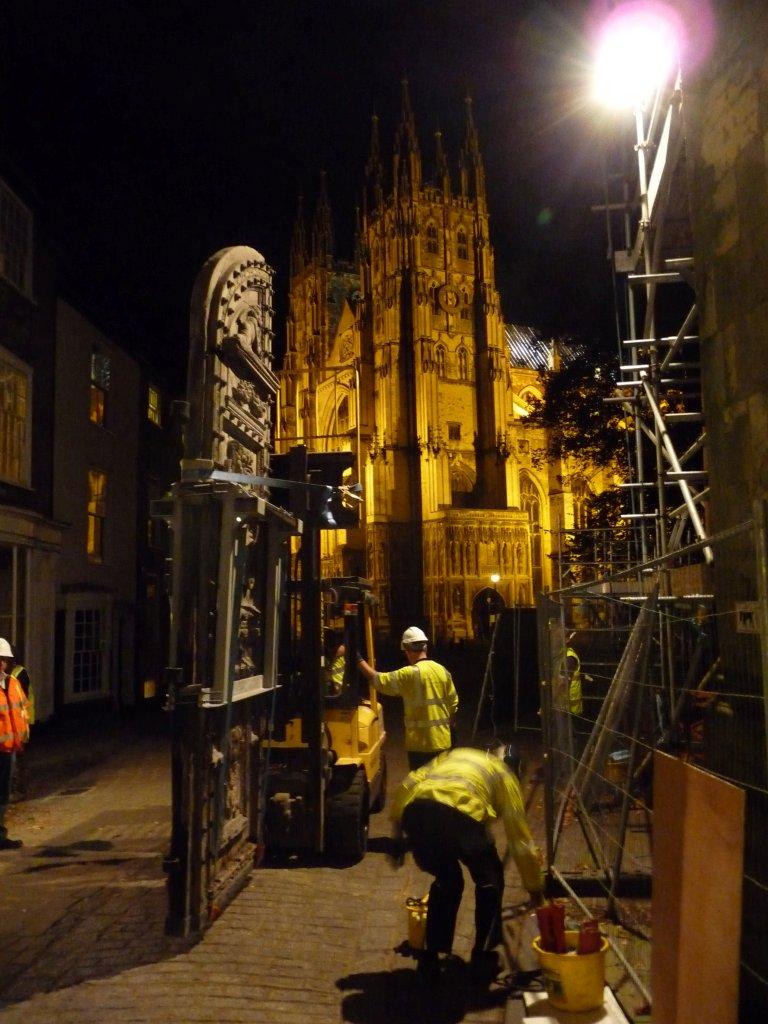
Canterbury: Christchurch Gate old oak gates removed from Canterbury Cathedral for renovation
The gates have provided a welcome sight for tourists and pilgrims but have been battered by the elements.
Cathedral spokesman Sheena Daly said: "The need to conserve the gates was pressing, as there was a lot of damage, especially at the bottom, and water could get it which could make them rot."
Engineers from Canterbury-based Artful Logisticshttp://www.artfullogistics.com/ had the huge task of removing the heavy gates on Tuesday, October 11.
Read more: Restoration begins on historic gates at Canterbury Cathedral
National Museum of the Royal Navy to tell the story of the Royal Navy from 1900 to the present day
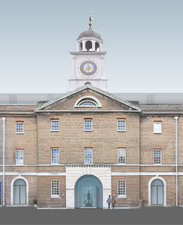
The National Museum of the Royal Navy (NMRN) at Portsmouth Historic Dockyard has recently been awarded an HLF grant to allow project architects Purcell Miller Tritton to complete the transformation of the Museum’s Storehouse 10 building.
The project, which has already received planning and listed building consent, will begin in late 2012, and open to public in 2014 (the centenary of the start of World War I). It will enable the NMRN to introduce a key part of maritime history at Portsmouth Historic Dockyard, adding to the museum’s existing Nelson Gallery and Sailing Navy Gallery. New 20th and 21st Century galleries will be incorporated into the scheme to create a seamless chronological timeline of naval history from the 18th Century to the present day.
Refurbishment of Davies Brother gates at St Peter’s Church, Ruthin illuminates the town
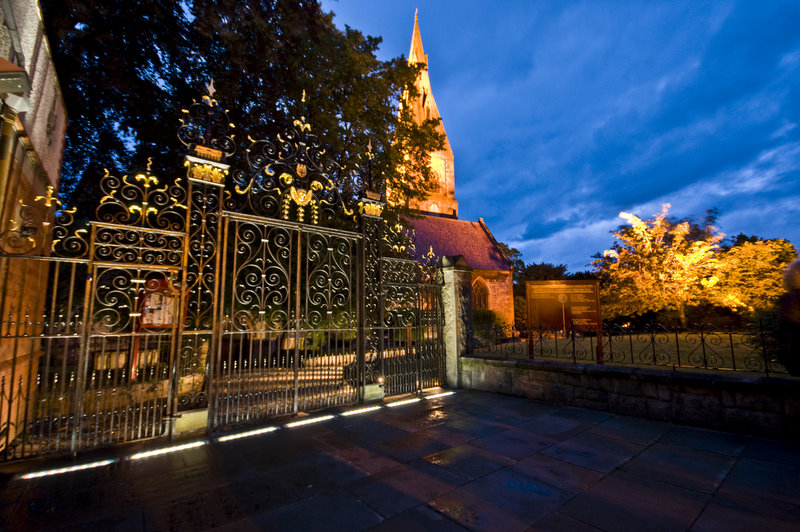
The historic wrought iron gates at St. Peters Church, Ruthin have been brought back to former glory following a massive restoration project. Blacksmiths David and Gwilym Jones from Flintshire Forge in Holywell, Flintshire were given the honour of working on the gates originally designed and made by the Davies Brothers of Wrexham in the 18th Century.
The gates at Ruthin are a wonderful example of the quality of craftsmanship of Robert and John Davies, incorporating elegant scrolls and finials with intricate leaves and organic forms, exquisite cherubs with impressive overthrows.
Read more: Refurbishment of Davies Brother gates at St Peter’s Church, Ruthin illuminates the town
Dr Manon Williams appointed to Board of Heritage Lottery Fund and National Heritage Memorial Fund

The Heritage Lottery Fund (HLF) and National Heritage Memorial Fund (NHMF) today welcomed the announcement that Dr Manon Williams will join the Board as Deputy Chair and Chair of the Committee for Wales from January 2012.
She takes over from Dan Clayton Jones who steps down after seven years.
Lead Theft Reduction Seminar
FREE in Nottingham on Thursday December 1st
On Thursday 1st December, Smith of Derby, in association with Nottinghamshire Police, is holding a free Lead Theft Reduction Seminar, in a bid to help the Church community reduce the risk of this type of crime.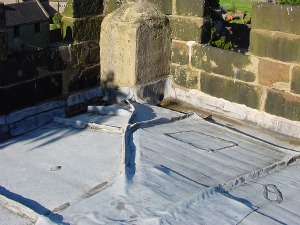
Richard Stones, Pre-Crime Unit Manager Force Crime & Justice Directorate at Nottinghamshire Police said: “It is anticipated that copper will have a market value of £7000 per ton by the end of the year and we can expect the value of other metals to rise accordingly. Police forces nationally are working with their public and private sector partners to address the metal theft issue and collaboration with industry is crucial to the effective implementation of sustainable crime reduction solutions.
We welcome the opportunity to speak at events such as this arranged by Smith of Derby as increased awareness in both the domestic and commercial sectors will assist in tackling the problem.”
Worth Park to be restored with £2.4m Lottery support
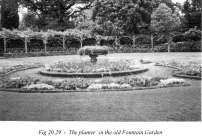
Crawley Borough Council has received a grant of £2.42m from the Heritage Lottery Fund (HLF) and The Big Lottery Fund (BIG) for the Worth Park restoration project.
The money from the Funds’ joint Parks for People programme will be used to return the area to its former Victorian glory and ensure that more people visit and enjoy this historic park. The council, which is also contributing £975,000 towards the five-year project, expects work to begin early in 2012.
Read more: Worth Park to be restored with £2.4m Lottery support
BOOK REVIEW - FOUNTAINS ABBEY - THROUGH TIME - ALAN WHITWORTH
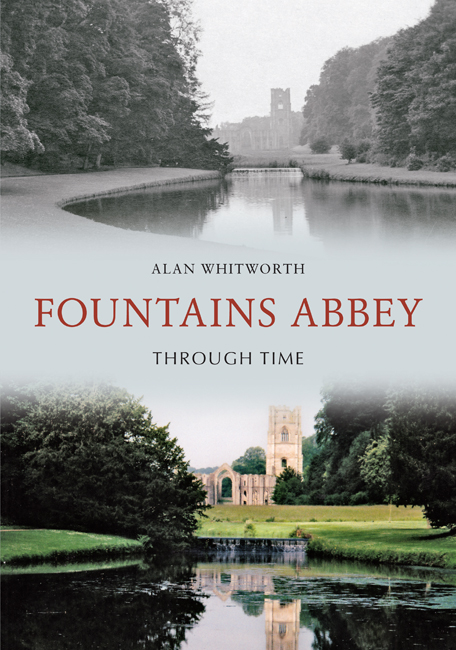
The Abbey, Britain’s largest monastic ruin, was founded in 1132 by thirteen Benedictine monks seeking a simpler life. Following the Dissolution of the Monasteries in 1539 by Henry VIII, the Abbey buildings and over 500 acres of land were sold by the Crown to Sir Richard Gresham. The property was passed down through several generations of Sir Richard’s family, finally being sold to Stephen Proctor who built Fountains Hall, probably between 1598 and 1604.
Today this magnificent attraction is recognised as a World Heritage Site. Join Alan Whitworth on this fascinating photographic journey to explore Fountains Abbey Through Time and its water features, ornamental temples, follies and magnificent vistas. Even those familiar with the area will find much to marvel at within these pages, and hopefully it will encourage many more people to travel to visit this unique and historic part of Yorkshire.
PRESS INFORMATION
The latest title in Amberley’s extensive and highly successful Through Time series.
Full colour, bringing history and memories to life.
The author is a Yorkshireman, born and bred, and is available for talks or interviews.
THE AUTHOR
Alan Whitworth was born in Huddersfield and now lives in Whitby. He worked in graphic design and printing before becoming involved in local history and the preservation of old buildings. A founding member of the British Dovecote Society, Alan now writes and lectures full time on architecture and local history.
www.amberley-books.com
Maryhill’s new stained glass windows of today revealed at last!
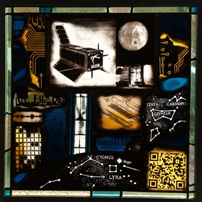
Stained glass is an ancient art form that stretches back hundreds of years. Now, here at Maryhill Burgh Halls, we’re ready to reveal the world’s first ever interactive stained glass window.
Scan the 2D barcode in the window with your smartphone, and you’ll be automatically taken to a webpage explaining the designs and giving information about the glass.
While the new glass is as modern as can be, stained glass in Maryhill has a long history: in 1878, the then Burgh commissioned twenty stained glass windows to showcase the trades and industries of Maryhill. They were designed by the artist Stephen Adam, and have become known as the crown jewels of Maryhill.
Read more: Maryhill’s new stained glass windows of today revealed at last!
OLDEST BUILDING IN SLOUGH BEATS LEAD THIEVES WITH SARNAFIL
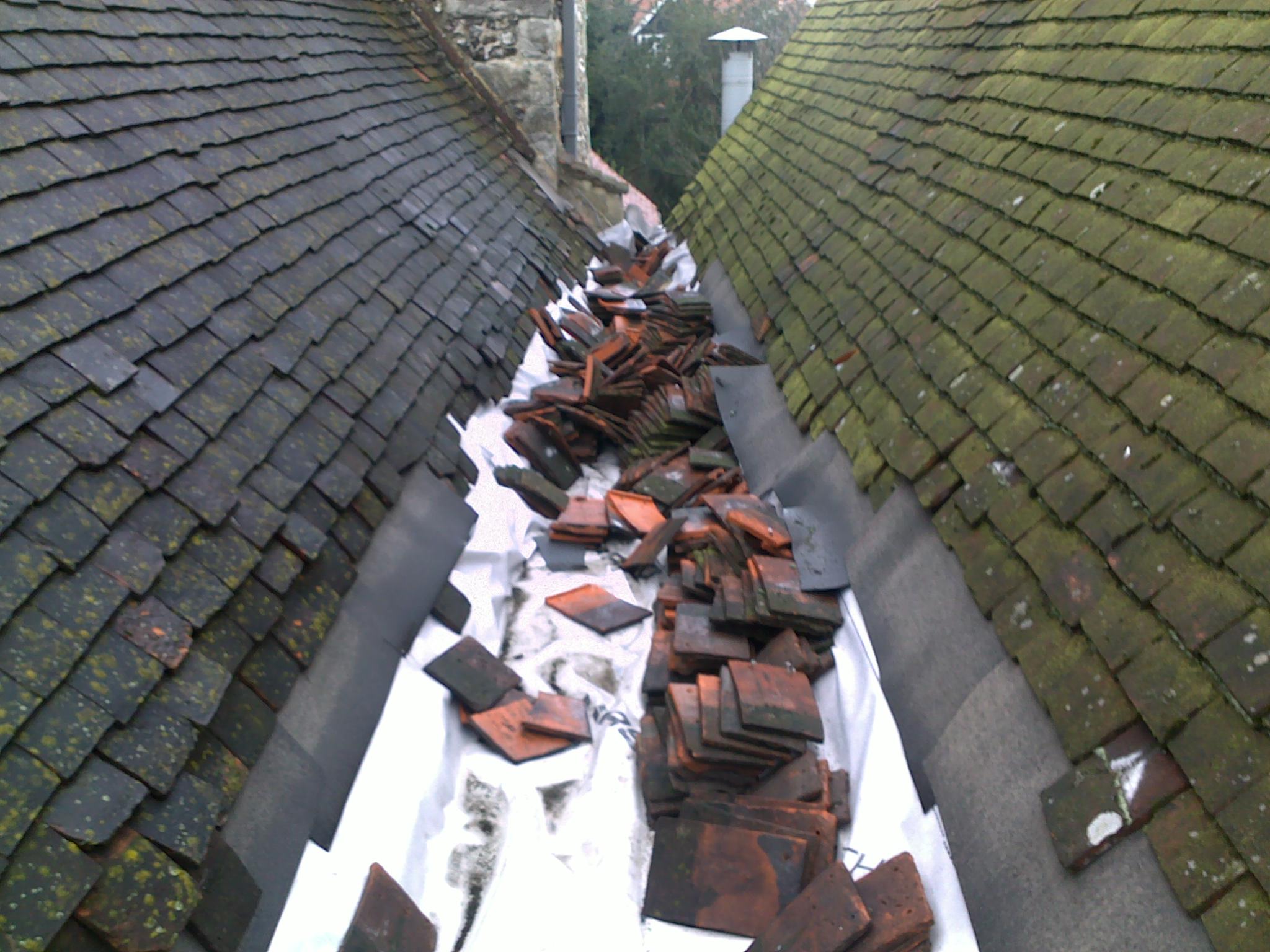
When St Laurence’s Church in Slough was robbed of the original lead lining from its roof valley gutter, its parish warden was determined to find an alternative rather than replace the metal and risk thieves striking again.
The 12th century church in the parish of Upton-cum-Chalvey is the oldest building in the borough and is protected by a Grade I-listing. As such, it came as no surprise to warden Allan James – who is responsible for three churches in the parish – when insurers told him the roof would have to be replaced with the original metal to the tune of £12,000.
Read more: OLDEST BUILDING IN SLOUGH BEATS LEAD THIEVES WITH SARNAFIL
John Constable ‘comes home’ to Hampstead
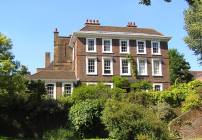
Artist John Constable’s love of Hampstead is largely overlooked but, now, as the second centenary of his first visit approaches, a new exhibition will open, thanks to a grant of almost £50,000 from the Heritage Lottery Fund (HLF).
Burgh House and Hampstead Museum will be marking the event this year with a major six-month exhibition of some of Constable’s original works on display just a few steps from the views that inspired them. Burgh House has submitted a formal loan request for the paintings to the Victoria and Albert Museum.
Imagemakers launch app engine to help heritage sites go digital and save money

Heritage interpretation consultants Imagemakers have launched ‘i-explore’, an app engine designed to help the heritage sector embrace digital technology and increase learning and participation.
i-explore is not an app in itself, it is a new engine specifically designed to power heritage apps. Based on the much-loved game of I-Spy, i-explore combines visitor information and multimedia with game dynamics, in order to engage audiences. It is this game element that sets i-explore apart from other visitor apps, which often have static information or images (like a digital guide-book). An independent research study(1) on our Wildspace app for the London Borough of Havering, showed that the game element drives participation and learning by tapping into people’s natural curiosity and desire to succeed.
Read more: Imagemakers launch app engine to help heritage sites go digital and save money














